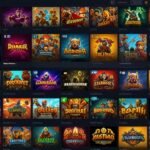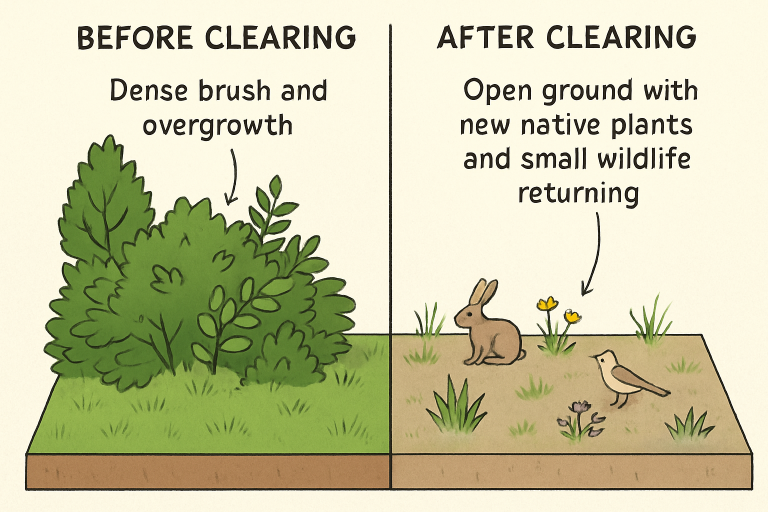Key Takeaways
- Inspiring a love for writing in young students starts with practical, engaging strategies rooted in creativity.
- Collaborative and publishing projects boost confidence and cultivate a lifelong passion for storytelling.
- Research shows that storytelling and writing activities support children’s literacy, critical thinking, and communication skills.
- Practical approaches exist to help all students, even reluctant writers, overcome creative and motivational blocks.
- Approachable classroom tools and experiences make writing fun and meaningful for every learner.
Fostering a Love for Writing From Day One
Sparking excitement for writing requires intention from the start of the school year. By making writing a cornerstone of classroom life, educators communicate that everyone’s ideas are valid and worth sharing. Initiating activities like personal journals, imaginative “what if” stories, or daily reflections allows students to see writing as a valuable tool, not simply an academic requirement. Tapping into personal interests and experiences helps even the most hesitant writers break through anxiety about spelling, grammar, or producing polished work.
Publishing makes writing tangible and rewarding. When students see their stories compiled or displayed, their confidence flourishes. Through resources like https://studentreasures.com/, students can participate in creating real books from their classroom projects, watching their ideas move from drafts to published pages. This process highlights that every student’s narrative matters, reinforcing that writing is a meaningful way to express identity and perspective. Authorship can become a point of pride, especially when students are recognized for their creativity rather than only technical correctness.
Setting Up Classroom Writing Spaces
The environment in which students write plays a surprisingly important role in fostering imagination and willingness to take risks. Carving out a cozy classroom writing corner—stocked with fun materials like colorful pens, sketchpads, clipboards, and dictionaries—signals that this is a place to explore without fear of mistakes. A writing space filled with student work on display, inspiring posters, and bins of story prompts can serve as a daily visual reminder that writing is celebrated here. Such spaces support a sense of safety and community, essential for creative ventures.
Rotating the activities or writing tools in this area keeps the process engaging. For instance, one week could center on “silly sentence challenges,” another on “future news articles,” encouraging students to try out genres they might not have considered before. When students take ownership of their writing nook—maybe even suggesting new materials or decorating the bulletin board—they become invested in both their work and the creative growth of their peers.
Collaborative Projects That Spark Creativity
Writing thrives in community. While individual assignments are essential, collaborative storytelling projects bring energy and camaraderie into the process. Engaging whole classes in activities like round-robin stories, where each contributor adds a paragraph or illustration, helps break through creative barriers and prompts laughter and surprise as plots twist unpredictably. Students can also pair up to co-author short stories or poems, encouraging accountability and shared ownership of their work.
Research featured by Edutopia’s collaborative writing study reveals that writing together supports literacy gains and social-emotional skills like listening and empathy development. By seeing how classmates approach narrative and structure, students expand their toolkit and feel supported in their efforts. These shared projects foster classroom community while building trust in each child’s creative instincts.
Making Publishing Accessible for All
When students are invited to publish, their perception of writing shifts from a private classroom activity to a meaningful way to connect with others. Teachers can help by compiling students’ stories and poems into class anthologies, self-published picture books, or digital showcases on school websites. Many students who were once shy about sharing their work become enthusiastic once they realize their writing will be “out there” for real audiences—classmates, families, or even the local community—to enjoy.
Today’s technology offers tools that make student publishing straightforward and universally accessible. Online book-making platforms let every student create and personalize the publication, regardless of background or ability. Displaying published work on classroom walls, author’s chair days, or even library shelves boosts a sense of accomplishment and belonging. Over time, these celebrations become core classroom rituals that motivate students to continue honing their voices.
Overcoming Writer’s Block Together
Writer’s block can be daunting, especially for children who feel pressure to “get it right” on the first try. Teachers can facilitate brainstorming sessions, offer visual prompts, and normalize first drafts as experiments rather than blueprints for final work. Five-minute warm-ups, such as “write everything you know about dragons” or “describe your wildest dream,” allow students to start without fear of failure or judgment.
Peer support plays a crucial role here as well. When classrooms normalize discussion about getting stuck, students feel less isolated. Sharing stories of well-known authors who faced creative roadblocks and brainstorming silly ideas as a group can shift energy from frustration to curiosity. Over time, students learn persistence, flexibility, and self-compassion—skills that serve them inside and outside English class.
Integrating Technology With Traditional Writing
Digital tools are opening new horizons for young writers. Tablets and laptops present multimedia opportunities: students can pair words with photos, drawings, or voice recordings to tell dynamic stories. For example, creating class blogs, writing interactive choose-your-own-adventure tales, and collaborating in shared online documents all let students see their work come to life and foster real-world digital fluency.
While technology has significant advantages, research on integrating technology in writing emphasizes balancing screens with hands-on, traditional writing for developing cognitive and fine motor skills. Handwritten journals and paper drafts encourage patience and focus, providing a sensory experience that benefits young learners. Letting students choose their preferred medium empowers them to find creative rhythms that work for them.
Cultivating Peer Review and Positive Feedback
Meaningful peer feedback strengthens writing and confidence. Structured peer review sessions—where students share stories and respond with “two things I loved and one idea to try”—teach that revision is part of the process, not a sign of failure. They also foster attentive listening and appreciation for diverse storytelling voices that might go unnoticed.
Equally important is reinforcing positive risk-taking and originality. When classmates and teachers praise a brave metaphor, vivid setting, or unique viewpoint, they validate process over perfection. As a result, the classroom becomes a supportive community where every student can experiment, revise, and ultimately find pride in their progress.
Celebrating Student Writers Beyond the Classroom
Sharing student writing with family and community creates memories and deepens motivation. Events like author’s chair readings, story evenings, and classroom “publishing parties” allow young authors to take center stage and receive applause. Donating student-created books to local libraries, hospitals, or other schools encourages a sense of giving back and shows that writing can have a positive impact beyond grades.
These celebrations ripple outward, creating a culture valuing creativity and literacy. With support, encouragement, and a mix of technology and tradition, every student has the potential to become a confident young author with stories worth sharing. This investment will echo through their academic lives and beyond.
READ ALSO: Bitswits Leads the Way in Education App Development for Austin EdTech Innovators











